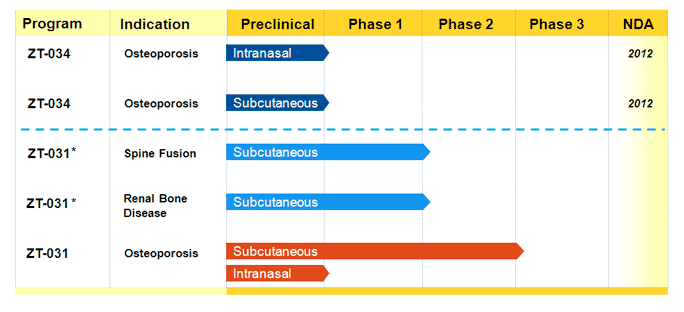Blueprint Medicines: a start-up to watch in Boston receives $40M in funding
 The Boston Globe today reported that Blueprint Medicines had received $40M in Series A venture funding.
The Boston Globe today reported that Blueprint Medicines had received $40M in Series A venture funding.
The VC funding from Third Rock Ventures to the Boston/Cambridge based company is reported to be the largest early-stage funding for a New England life sciences start-up.
Many thanks to @rndubois for his tweets about this that drew it to my attention. You can read more about the financing in Blueprint’s press release.
What makes this exciting news? First it adds to the growing reputation of Boston/Cambridge as a hot-spot for cancer research. Blueprint Medicines will be focused on translational medicine and the development of new kinase inhibitors for the treatment of cancer.
Secondly, it confirms what is taught at business school, that investors back management expertise and their belief in the entrepreneurs ability to execute. In the case of Blueprint Medicines the scientific co-founders are Dr Nicholas Lyndon and Dr Brian Druker, who were instrumental in the development of imatinib (Gleevec/Glivec), a tyrosine kinase inhibitor that revolutionized the treatment of chronic myeloid leukemia (CML).
Blueprint Medicines is a company to watch for the future and Biotech Strategy Blog wishes it well in the quest for personalized medicine and more effective cancer treatments.
The launch of the company in Boston/Cambridge adds to my view that Boston is emerging as the premier biotech region on the East Coast for start-ups interested in oncology and translational medicine.
 I was recently in San Francisco so thought I would continue my theme of writing about biotechnology regions that I visit around the United States.
I was recently in San Francisco so thought I would continue my theme of writing about biotechnology regions that I visit around the United States. I was in Austin last week for a business meeting (spot the snow around the State Capitol) and was interested to learn that Austin, TX is an emerging and growing biotechnology cluster.
I was in Austin last week for a business meeting (spot the snow around the State Capitol) and was interested to learn that Austin, TX is an emerging and growing biotechnology cluster.
![Reblog this post [with Zemanta]](http://img.zemanta.com/reblog_e.png?x-id=5b931340-7ed5-4298-af7e-ca420e41e7f9)

![Reblog this post [with Zemanta]](http://img.zemanta.com/reblog_e.png?x-id=9e3a7939-ea17-41dc-8527-a8bd55ea027d)